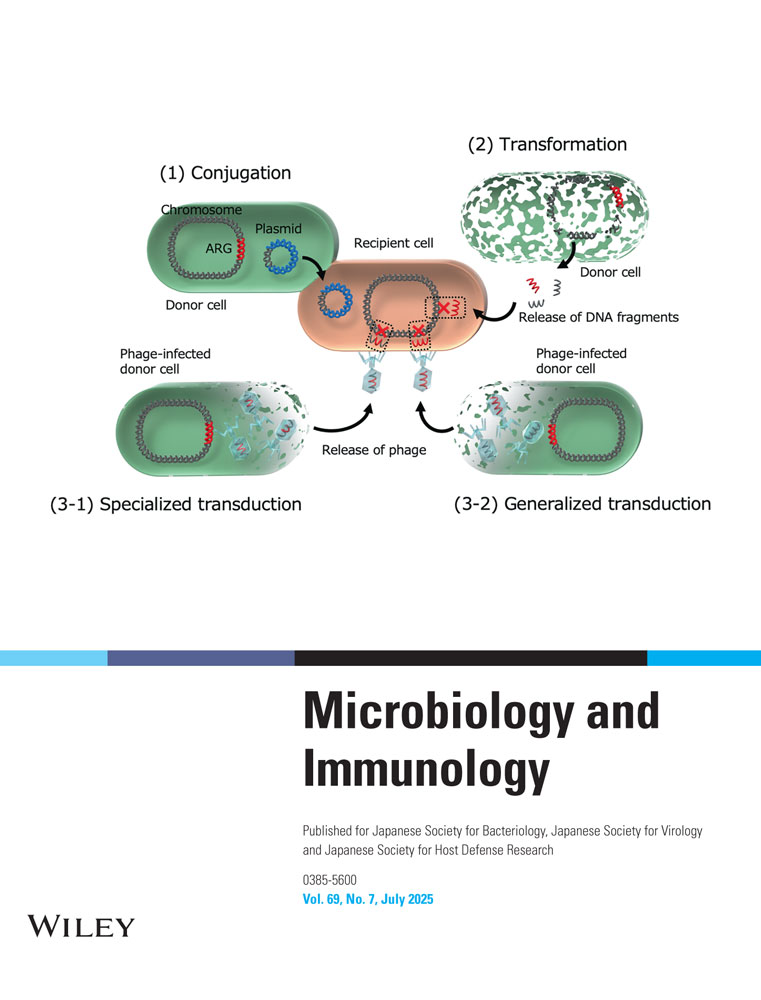Isolation of Antigenically Active Components from Leptospiral Serovar-Specific Lipopoly-saccharide Antigen by Alkaline Treatment
Abstract
The serovar-specific main antigen (TM antigen) of Leptospira interrogans serovar canicola, which has lipopolysaccharide properties, was treated with 0.1 n sodium hydroxide. This treatment degraded the antigen into two major antigenic components, one of high and one of low molecular weight. The component with the lower molecular weight (approximately 4,000 daltons) consisted mainly of carbohydrates, having lost almost all of the fatty acid and protein components of the original antigen. Although the substance lacked immunoprecipitable activity, it continued to show serovar-specific inhibitory potency in a radioimmunoassay system as well as in a microscopic immunoagglutination reaction of the organisms. The antigenic activity of the compound was also reduced by periodate oxidation as was that of the TM antigen. A component with the same chemical and physicochemical properties was also produced by alkaline treatment from a different serotype TM antigen (serovar kremastos Kyoto), but it showed no antigenic activity.




